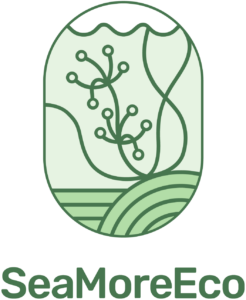During September this year project group members from County Administrative Board of Västerbotten, County Administrative Board of Norrbotten, South Ostrobothnia ELY Centre and North Ostrobothnia ELY Centre visited Macroplea pubipennis and Hippuris tetraphylla sites in the region of North Ostrobothnia, Finland, during September.
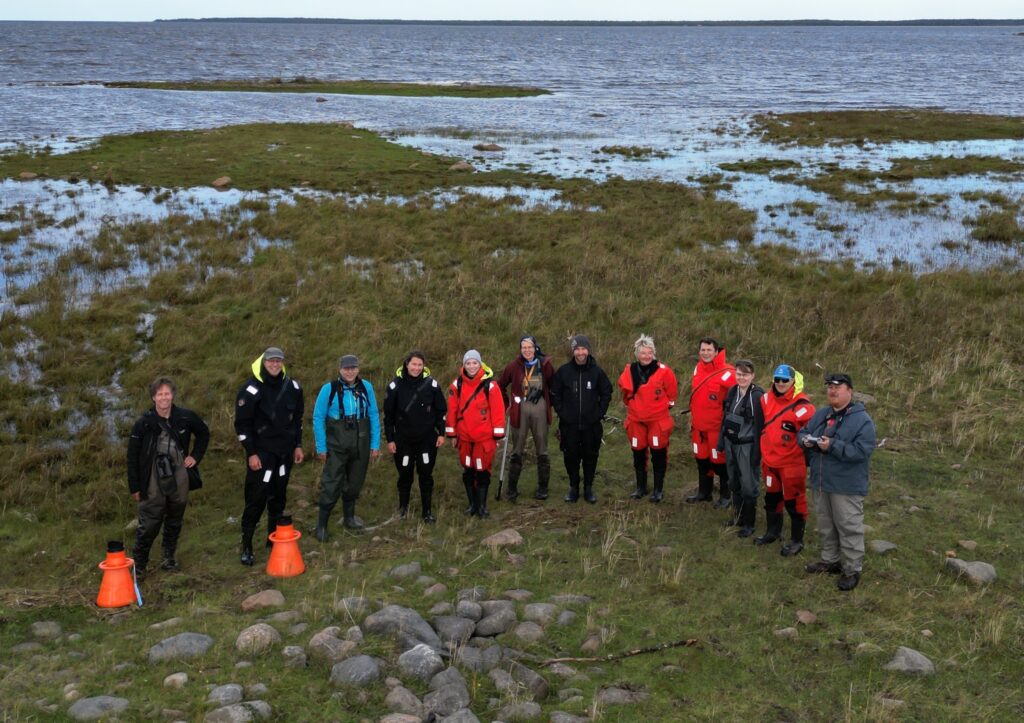
During the first day we visited aquatic leaf beetle Macroplea pubipennis site in Ii. M. pubipennis (meriuposkuoriainen, hårig strimbock) is an aquatic beetle that is listed in the EU Habitats Directive and is considered as a nearly threatened species (NT) in Finland. It was only a few years ago the very first M. pubipennis was found in Sweden (along the coast of Norrbotten) and its status in Sweden have therefore not been officially assessed yet. The region of North Ostrobothnia has the largest known uniform occurrences of the species in Finland. The small bay in Merihelmi Ii is considered to be a high-quality M. pubipennis site due to the growths of suitable food plant (Potamogeton perfoliatus), a suitable sandy bottom and relatively sheltered area.
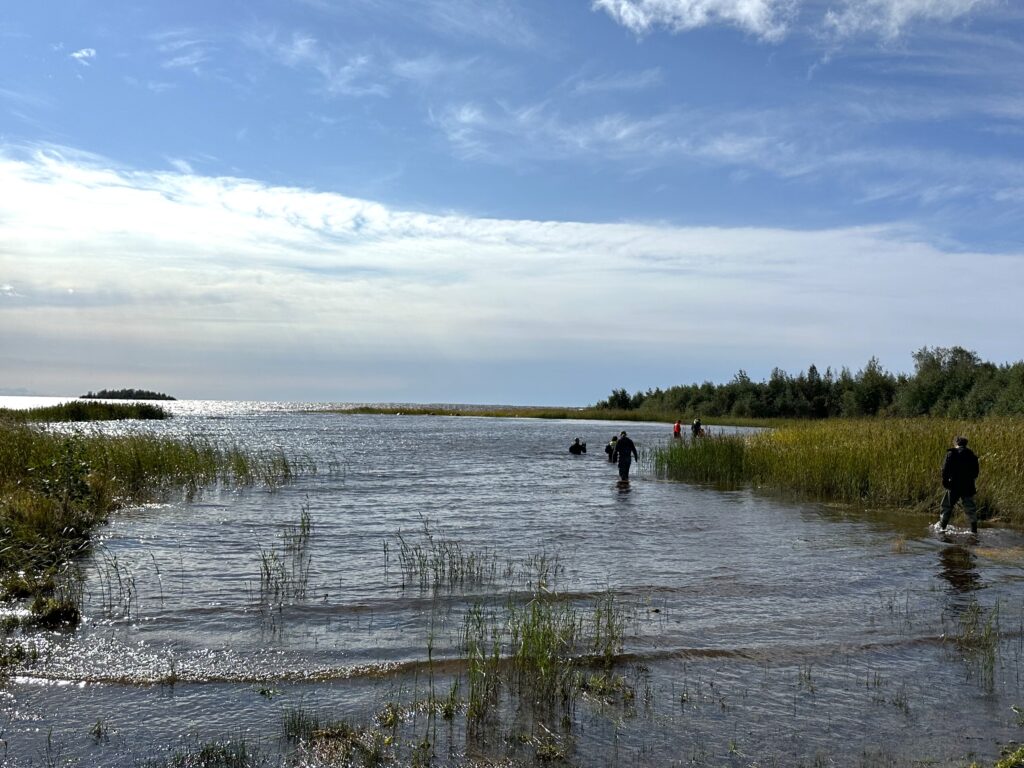
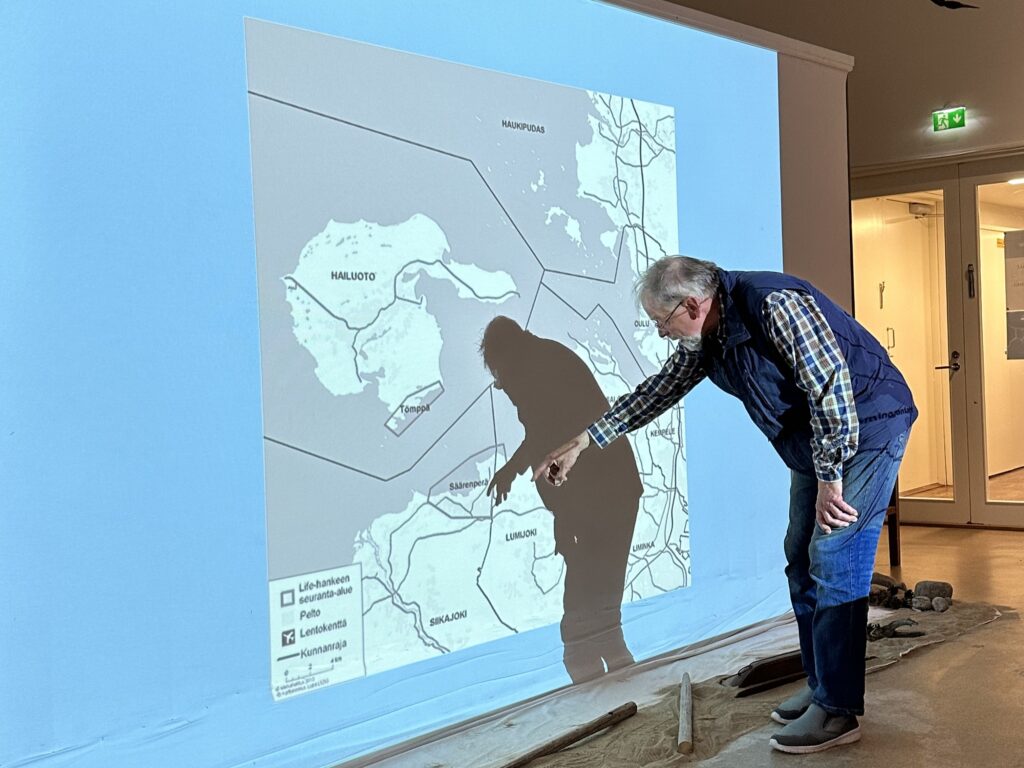
During the second day we headed to Isomatala, which is an island south of Hailuoto main island. Isomatala is characterized by traditionally grazed coastal meadow, and it hosts a large population of endangered plant species Fourleaf mare’s tail Hippuris tetraphylla (nelilehtivesikuusi, ishavshästsvans). H. tetraphylla is also listed in the EU Habitats Directive and it is endangered (EN) in Finland and critically endangered (CR) in Sweden. H. tetraphylla has Finland’s largest populations in the region of North Ostrobothnia, but again the situation is very different in Sweden, where there is only one site where it can be found in the coast of Västerbotten.
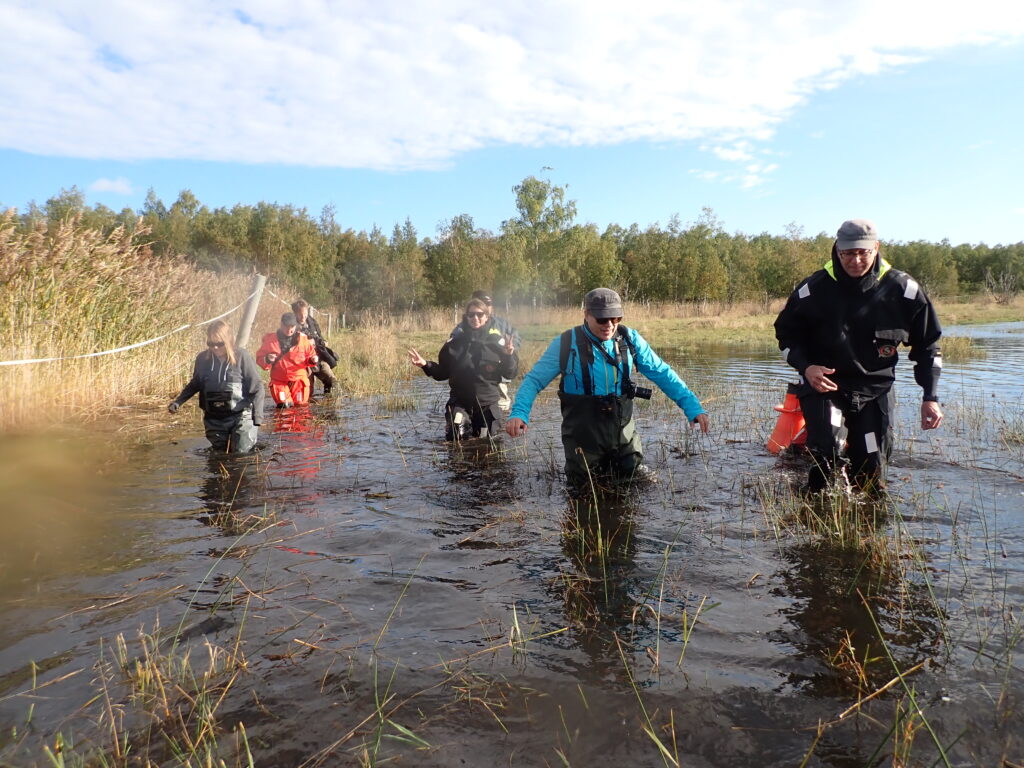
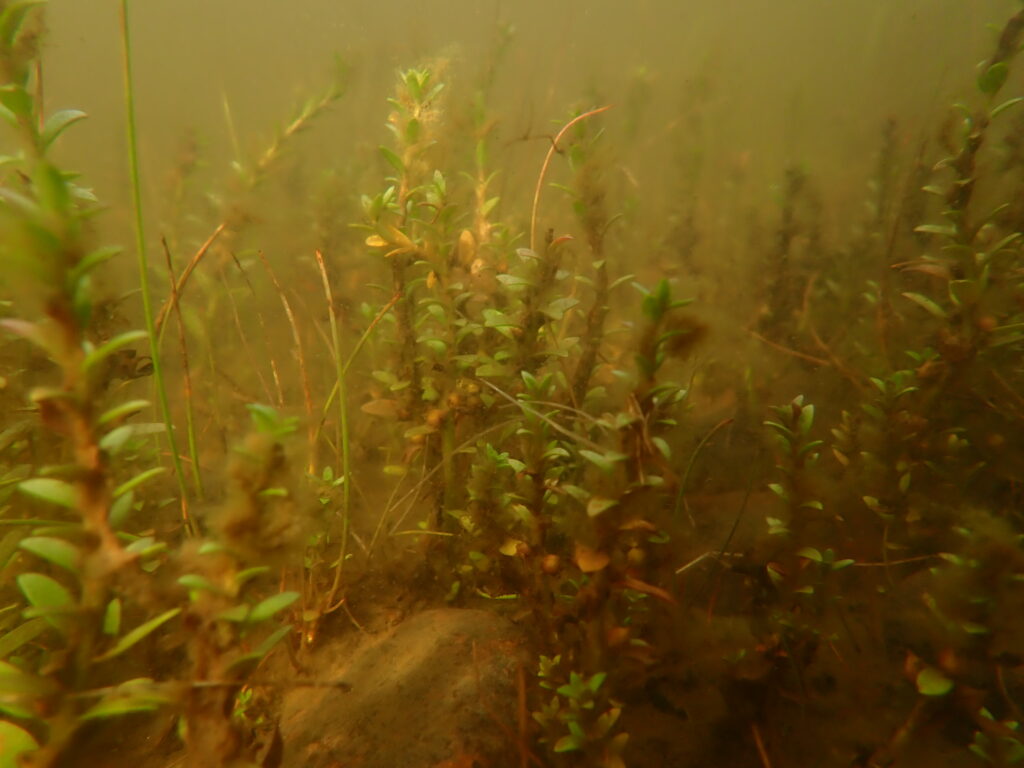
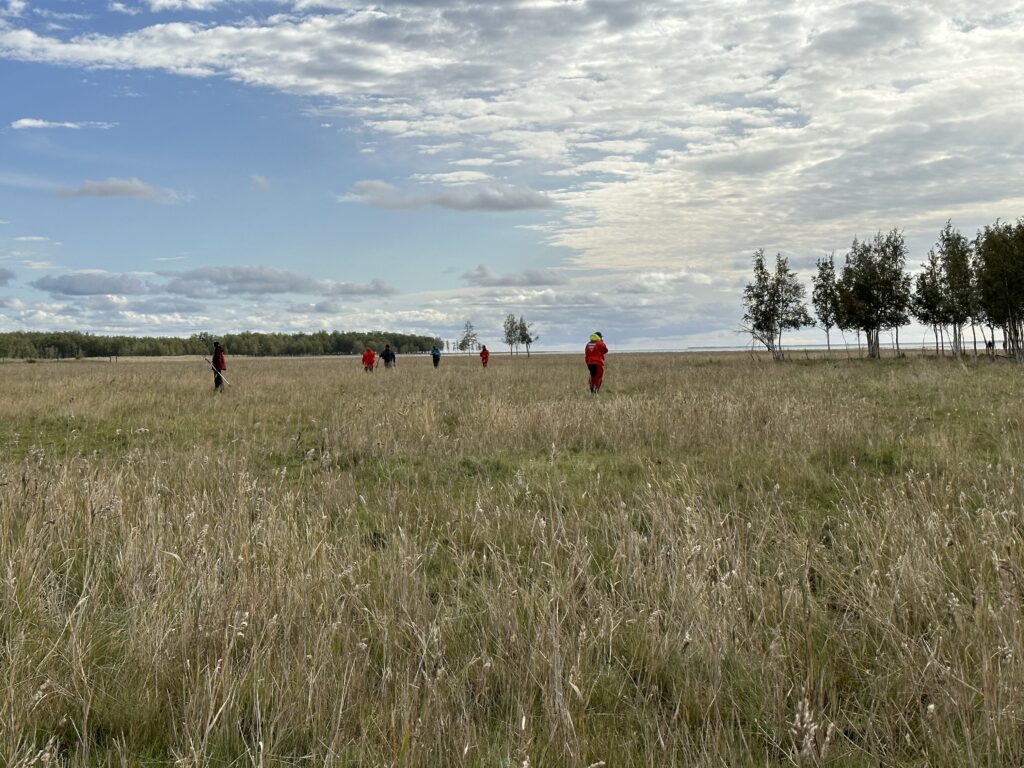
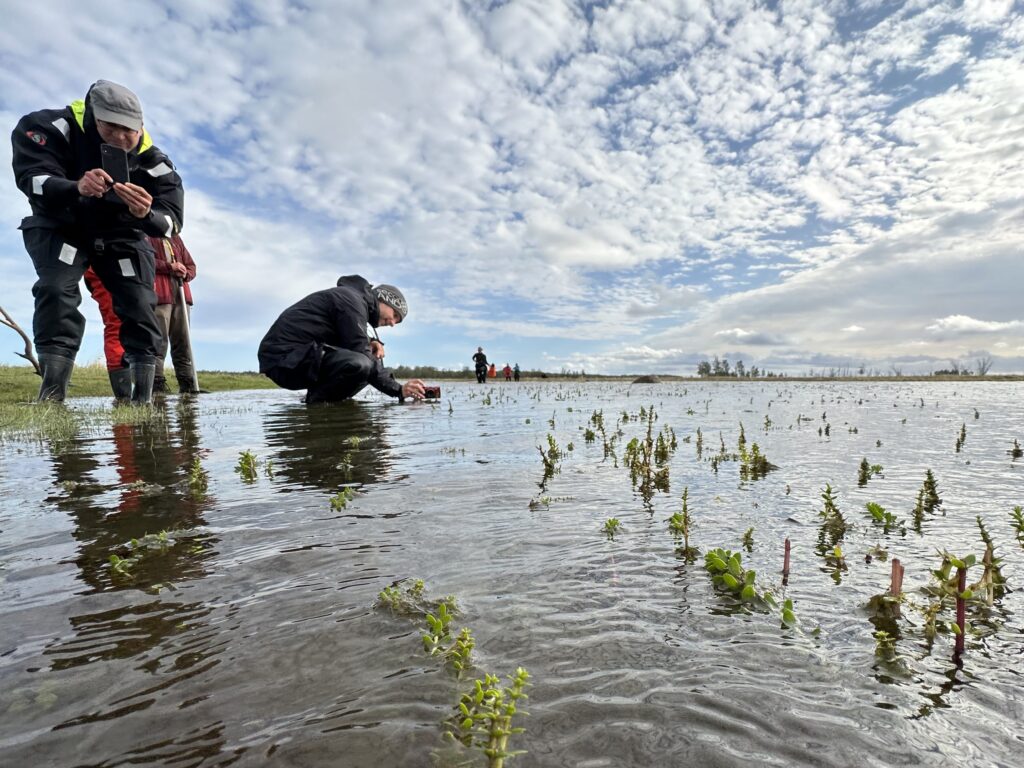
SeaMoreEco project group members and Hippuris tertaphylla plants in Isomatala, Hailuoto. Top-middle picture shows Hippuris tetraphylla plants underwater. Photo: North Ostrobothnia ELY Centre
